What treatment
10+ Highly Rated Stem Cell Therapy for Diabetic Retinopathy Clinics in Malaysia
Reach Out to These Certified Stem Cell Therapy for Diabetic Retinopathy Clinics List in Malaysia Loved by Patients!
Dr. Ebenezer Abel Paul - Stem Cells in Malaysia
Overview
Explore Stem Cells in Malaysia with Dr. Ebenezer Abel Paul, offering cutting-edge regenerative therapies and advanced stem cell treatments.
Read more details
FirstCell Malaysia
Overview
FirstCell specialize on cell-based medicine and treatments especially via MSC and NKC to enhance wellness and for targeted treatment modules. We are committed in delivering excellent treatment.
Read more details
Live Stem Cell Asia - Premier Stem Cell Clinic in Malaysia
Overview
Discover advanced stem cell Malaysia treatments at Live Stem Cell Asia, Petaling Jaya. Experience personalized care and innovative regenerative solutions.
Read more details
Klinik Setia Gemilang
Overview
Klinik Setia Gemilang: Leading in stem cell therapy, orthopedic treatments, and anti -ageing solutions Malaysia . It is part of Setia Gemilang Medicare which houses a clinic and dentist
Read more detailsDiscover your treatment options with a free, no-obligation quote!
Get your quote now!HELENE - Stem Cell Clinic
Overview
Japan Regenerative Medicine Leading Brand With over a decade of experience and more than 16,000 treated patients. Providing cutting-edge stem cell therapies tailored to various health concerns.
Read more details
Vega Stem Cell Clinic in Bangkok Thailand
Overview
Vega Clinic in Bangkok, Thailand, helps people feel better with special treatments. They use new ways to heal and make sure each person gets care made just for them.
Read more details
GIOSTAR Hospital Bengaluru
Overview
Discover GIOSTAR Hospital in Bengaluru, India—your go-to center for advanced stem cell therapies and cutting-edge procedures for orthopaedics. Explore treatments for diabetes, stroke, SCI, and more.
Read more details
Cell Grand Clinic – Japan’s Best Stem Cell Clinic
Overview
Explore Cell Grand Clinic, the best stem cell clinic in Japan specializing in top regenerative therapies for anti-aging, chronic conditions, and wellness.
Read more details
Discover your treatment options with a free, no-obligation quote!
Get your quote now!Dr. Pravin Patel's Innovative Hospital & Research Center
Overview
Dr. Pravin Patel's Innovative Hospital provides best stem cell treatment in Gujarat, India. Also offers Ozone therapy, Quantum therapy , EBOO therapy, Frequency & Laser Therapy at affordable cost.
Read more details
StemRx Hospital and Research Centre
Overview
At StemRx Hospital & Research Centre, We specialize in advanced Regenerative Medicine & Stem Cell therapy for Autism, Cerebral Palsy, Orthopedics, Migraine, AVN & IVF providing personalized care.
Read more details
Beike Biotech
Overview
Beike Biotechnology offers the best stem cell therapy in Thailand, combining top-quality regenerative treatment with cutting-edge technology for optimal patient care.
Read more detailsBoston Health Longevity - Anti Aging Stem Cell Therapy in Thailand
Overview
Experience advanced Anti Aging Stem Cell Therapy in Thailand at Boston Health Longevity. Improve cellular health, vitality, and longevity with expert care.
Read more detailsChaum Medical Center
Overview
Premium healthcare at Chaum Medical Center, Seoul. Personalized anti-aging, stem cell therapy, and advanced medical services for a youthful life.
Read more detailsHebei Yanda International Hospital
Overview
Hebei Yanda International Hospital in Beijing, China, addresses your healthcare needs with expert oncology, cardiology, and neurology treatments.
Read more detailsMousai Wellness Center - Stem Cell Bangkok Thailand
Overview
Discover advanced Stem Cell treatments in Bangkok, Thailand at Mousai Wellness Center. Safe, innovative, and personalized care for lasting wellness.
Read more detailsNulook Anti-Aging & Regenerative Center
Overview
Nulook Anti-Aging & Regenerative Center in Bali, Indonesia offers Botox, Ultherapy, Dermal Fillers, Thermage, PRP, Pico Laser and more.
Read more detailsReeLabs Stem Cells in Mumbai, India
Overview
ReeLabs provides advanced Stem Cell Mumbai services, including stem cell banking and therapy for safe preservation and future medical use.
Read more detailsSCF Clinic - Stem Cell Bangkok Thailand
Overview
Experience advanced Stem Cell Bangkok Thailand at SCF Clinic. We offer CAR-T, NK Cell therapy, Exosomes, Multi-Cancer Early Detection & Anti-Aging programs.
Read more detailsStay Well Clinic & Physio
Overview
Discover advanced Stem Cell and NK Cell therapies at Stay Well Clinic & Physio in Phuket, Thailand. Experience cutting-edge treatments for optimal health.
Read more detailsSurecell Medical Clinic
Overview
Experience the Best Stem Cell Therapy in Pattaya, Thailand at Surecell Clinic. Transform your health with our state-of-the-art regenerative treatments.
Read more detailsWhich are the leading clinics for Stem Cell Therapy for Diabetic Retinopathy in Malaysia?
For specialized stem cell therapy for diabetic retinopathy in Malaysia, top facilities include Dr. Ebenezer Abel Paul - Stem Cells in Malaysia and FirstCell Malaysia, both located in Kuala Lumpur. Live Stem Cell Asia in Petaling Jaya and Klinik Setia Gemilang in Shah Alam also offer comprehensive regenerative treatments focusing on various conditions, including eye health, with advanced technologies and patient-centric care.
When seeking advanced regenerative treatment for diabetic retinopathy in Malaysia, patients often look for clinics known for their expertise, technology, and patient outcomes. The top facilities that stand out in Malaysia include:
- Dr. Ebenezer Abel Paul - Stem Cells in Malaysia (Kuala Lumpur): This clinic is recognized for its cutting-edge regenerative therapies, offering advanced stem cell treatments that can be beneficial for various conditions, including ocular diseases.
- FirstCell Malaysia (Kuala Lumpur): Specializing in cell-based medicine, FirstCell utilizes MSC (Mesenchymal Stem Cells) and NKC (Natural Killer Cells) to enhance wellness and provide targeted treatment modules, demonstrating a strong commitment to excellent patient care.
- Live Stem Cell Asia - Premier Stem Cell Clinic in Malaysia (Petaling Jaya): Known for advanced stem cell treatments, this clinic in Petaling Jaya provides personalized care and innovative regenerative solutions focusing on improving overall health and specific conditions.
- Klinik Setia Gemilang (Shah Alam): As part of Setia Gemilang Medicare, this clinic is a leader in stem cell therapy and regenerative solutions, offering a holistic approach to patient well-being that can extend to eye-related conditions.
What are the key benefits of choosing a Malaysian clinic for diabetic retinopathy treatment?
Malaysian clinics offer a compelling combination of advanced medical technology, highly trained specialists, and excellent patient care standards, often at competitive prices. Patients benefit from modern facilities, a growing reputation in regenerative medicine, and a welcoming environment with multilingual staff, making it an attractive option for international patients seeking quality diabetic retinopathy treatment.
Choosing a clinic in Malaysia for stem cell therapy for diabetic retinopathy offers several distinct advantages for patients worldwide:
- Advanced Medical Infrastructure: Malaysia has invested significantly in state-of-the-art medical facilities and equipment, ensuring access to the latest diagnostic tools and treatment technologies for complex conditions like diabetic retinopathy.
- Experienced Medical Professionals: Many Malaysian doctors and specialists receive international training, possessing expertise in regenerative medicine and ophthalmology, which is crucial for effective stem cell therapy applications.
- High Standards of Care: Clinics adhere to strict international healthcare standards, ensuring patient safety, quality of treatment, and ethical practices.
- Cultural Diversity and Hospitality: Malaysia is known for its warm hospitality and multicultural environment, which can make the patient experience more comfortable and less stressful, especially for those traveling from abroad.
- Accessibility and Travel Convenience: With well-developed infrastructure and strong international flight connectivity, Malaysia is easily accessible, and many clinics offer assistance with travel and accommodation.
How do I verify the credentials of a stem cell clinic in Malaysia?
To verify a stem cell clinic's credentials in Malaysia, check for accreditation by local health authorities like the Ministry of Health Malaysia and international bodies. Look for board-certified specialists, review patient testimonials, and inquire about their specific experience in treating diabetic retinopathy. Transparency regarding clinical trials and research involvement is also a strong indicator of reliability and expertise.
Verifying the legitimacy and expertise of a stem cell clinic is paramount for patient safety and effective treatment. Here's how to ensure a clinic meets high standards:
- Accreditation and Licensing: Confirm that the clinic is licensed by the Ministry of Health Malaysia (MOH) to provide stem cell therapies. For international recognition, check for accreditations from bodies like the Joint Commission International (JCI).
- Doctor's Qualifications: Research the medical professionals at the clinic. Ensure they are board-certified in relevant specialties like ophthalmology, regenerative medicine, or endocrinology, and have specific training and experience in stem cell applications for diabetic retinopathy.
- Clinical Experience and Outcomes: Inquire about the clinic's track record with diabetic retinopathy patients. Ask for anonymized data on patient outcomes, success rates, and any published research or participation in clinical trials.
- Patient Reviews and Testimonials: Look for genuine patient reviews on independent platforms. Testimonials often provide insights into the quality of care, patient satisfaction, and overall experience.
- Transparency in Procedure: A reputable clinic will be transparent about the entire treatment process, including the source of stem cells, preparation methods, administration techniques, and potential risks and benefits.
What patient support services do Malaysian clinics offer for international patients?
Malaysian clinics, especially those catering to medical tourists, provide extensive support services for international patients. These often include airport transfers, accommodation arrangements, multilingual interpreters, visa assistance, and personalized patient coordinators to guide you through every step of your medical journey, ensuring a seamless and comfortable experience for those seeking diabetic retinopathy care.
Recognizing the unique needs of international patients, many Malaysian clinics offer a comprehensive suite of support services to make their medical journey as smooth as possible:
- Patient Coordinators: Dedicated international patient coordinators act as a single point of contact, assisting with scheduling appointments, managing medical records, and coordinating all aspects of treatment.
- Travel and Accommodation Assistance: Clinics often help with booking flights, arranging airport pickups, and securing discounted rates at nearby hotels or specialized recovery accommodations.
- Language Services: Multilingual staff and professional medical interpreters are typically available to facilitate clear communication between patients and their healthcare team.
- Visa and Immigration Support: Assistance with medical visa applications and other necessary travel documents can simplify entry into Malaysia.
- Post-Treatment Care Coordination: Support extends beyond the procedure, with follow-up appointments, medication management, and arrangements for continued care once patients return home.
How important is clinic specialization for diabetic retinopathy stem cell treatment?
Clinic specialization is crucial for diabetic retinopathy stem cell treatment, as it ensures the medical team possesses deep expertise in ocular conditions and regenerative therapies. Specialized clinics typically have tailored protocols, advanced equipment for delicate eye procedures, and a focused understanding of the disease's complexities, leading to optimized treatment outcomes and enhanced patient safety.
The specialization of a clinic plays a vital role in the success of stem cell therapy for diabetic retinopathy due to several reasons:
- Focused Expertise: Clinics that specialize in ophthalmology and regenerative medicine for eye conditions have medical teams with extensive knowledge of diabetic retinopathy's pathology and the nuances of applying stem cells to ocular tissues.
- Tailored Protocols: Specialized clinics develop and refine treatment protocols specifically for eye diseases, incorporating precise administration techniques for stem cells (e.g., intravitreal injections) that maximize therapeutic effect and minimize risks.
- Advanced Ocular Equipment: These facilities are equipped with specialized imaging technology and surgical instruments designed for delicate eye procedures, ensuring accurate diagnosis and precise treatment delivery.
- Integrated Care: Specialization allows for an integrated approach, where ophthalmologists, regenerative medicine specialists, and endocrinologists collaborate closely to manage both the eye condition and underlying diabetes.
- Research and Innovation: Specialized centers are often at the forefront of research and development in their niche, meaning patients may have access to the latest advancements and clinical trials.
What kind of technology and facilities should I expect in a modern Malaysian stem cell clinic?
Modern Malaysian stem cell clinics typically feature advanced diagnostic imaging like OCT and fluorescein angiography, sterile lab facilities for cell processing, and dedicated operating theaters for precise stem cell delivery. Expect patient-comfort amenities, state-of-the-art regenerative therapy equipment, and digital health records for seamless care coordination, all designed for optimal treatment outcomes for conditions like diabetic retinopathy.
When considering a modern Malaysian stem cell clinic for diabetic retinopathy, patients should anticipate:
- Advanced Diagnostic Imaging: State-of-the-art retinal imaging technologies such as Optical Coherence Tomography (OCT), fundus photography, and fluorescein angiography for precise diagnosis and monitoring of retinal health.
- Certified Cell Processing Laboratories: On-site or affiliated laboratories with stringent sterile conditions (e.g., ISO-certified cleanrooms) for the safe and effective processing, culture, and storage of stem cells.
- Dedicated Ocular Treatment Rooms: Specialized operating theaters or treatment suites equipped for microsurgical procedures, ensuring the precise and safe administration of stem cells into the eye.
- Regenerative Medicine Technology: Access to the latest equipment for stem cell isolation (e.g., apheresis machines), growth factor activation, and advanced delivery systems.
- Patient Comfort and Safety: Modern clinics prioritize patient comfort with private consultation rooms, comfortable recovery areas, and adherence to international patient safety protocols and hygiene standards.
- Integrated Digital Health Systems: Electronic health records (EHR) and digital platforms for efficient data management, appointment scheduling, and communication between the patient and their care team.
How do clinics ensure patient safety during stem cell therapy for diabetic retinopathy?
Malaysian clinics prioritize patient safety through strict adherence to national and international guidelines for cell procurement and processing. They employ rigorous screening, maintain sterile environments, use only high-quality, ethically sourced cells, and provide comprehensive post-procedure monitoring to manage potential risks and ensure optimal outcomes for diabetic retinopathy patients.
Ensuring patient safety is a top priority for reputable stem cell clinics, especially for a delicate procedure like treating diabetic retinopathy. Clinics employ several measures:
- Rigorous Patient Screening: Patients undergo extensive medical evaluations to determine their suitability for stem cell therapy, identifying any contraindications or potential risks.
- Ethical Cell Sourcing: Clinics ensure that stem cells are procured from ethically sound sources (e.g., autologous tissue, umbilical cord blood) and comply with all regulatory standards.
- Sterile Laboratory Practices: Cell processing is performed in highly sterile environments (e.g., ISO-certified cleanrooms) to prevent contamination and ensure cell viability and purity.
- Qualified Medical Team: Procedures are conducted by highly trained and experienced ophthalmologists and regenerative medicine specialists who are skilled in precise cell delivery techniques for ocular conditions.
- Infection Control Protocols: Strict infection control measures are implemented throughout the clinic, from waiting areas to procedure rooms, to minimize the risk of infection.
- Continuous Monitoring and Follow-up: Patients are closely monitored during and after the procedure for any adverse reactions, and long-term follow-up is provided to assess treatment efficacy and detect any delayed complications.
What are typical patient experiences like at Malaysian stem cell clinics for eye conditions?
Patients at Malaysian stem cell clinics for eye conditions often report a positive experience, highlighting personalized care, clear communication, and modern, comfortable facilities. The professional yet empathetic approach of medical teams, coupled with efficient patient support for international visitors, contributes to a reassuring and smooth treatment journey for those dealing with diabetic retinopathy.
Patient experiences at Malaysian stem cell clinics, particularly for intricate treatments like diabetic retinopathy, are generally characterized by:
- Personalized Attention: Clinics focus on individualized treatment plans, ensuring that each patient's specific needs and concerns are addressed. This often starts with detailed consultations and thorough diagnostic assessments.
- Clear Communication: Medical staff and patient coordinators prioritize clear and transparent communication, explaining procedures, expectations, and aftercare instructions in an understandable manner, often in multiple languages.
- Comfortable Environment: Facilities are typically designed to be welcoming and comfortable, creating a reassuring atmosphere that helps alleviate patient anxiety.
- Professional and Empathetic Staff: Patients frequently commend the professionalism, kindness, and empathy of the nurses, doctors, and support staff, who are dedicated to providing compassionate care.
- Efficient Processes: From initial inquiry to post-treatment follow-up, clinics strive for efficiency in scheduling, administration, and treatment delivery, minimizing waiting times and streamlining the patient journey.
- Holistic Support: Beyond the medical procedure, patients benefit from comprehensive support services, including travel assistance, accommodation, and cultural sensitivity, ensuring a smooth stay.
Can Malaysian clinics provide ongoing support for diabetic retinopathy patients after treatment?
Yes, reputable Malaysian clinics offer robust post-treatment support for diabetic retinopathy patients. This typically includes detailed follow-up schedules, remote consultations, and guidance for managing long-term eye health. They also provide comprehensive care instructions and may coordinate with local healthcare providers for seamless continuity of care once patients return to their home country.
Ongoing support is a critical component of successful long-term management for diabetic retinopathy, and Malaysian clinics are well-equipped to provide this:
- Structured Follow-up Plans: Clinics develop personalized follow-up schedules, which may involve return visits or remote consultations, to monitor the patient's progress, assess treatment efficacy, and address any concerns.
- Telemedicine and Virtual Consultations: For international patients, many clinics offer telemedicine services, allowing for virtual check-ups and discussions with specialists without requiring physical travel.
- Detailed Aftercare Instructions: Patients receive comprehensive guidelines on medication, lifestyle adjustments, and self-care practices essential for maintaining eye health and managing diabetes.
- Coordination with Local Doctors: Clinics can assist in coordinating care with the patient's local ophthalmologist or primary care physician, ensuring that treatment recommendations are integrated into their ongoing healthcare plan.
- Educational Resources: Access to educational materials about diabetic retinopathy, stem cell therapy, and diabetes management empowers patients to take an active role in their long-term health.
What is the typical duration of stay required for stem cell therapy for diabetic retinopathy in Malaysia?
The typical stay for stem cell therapy for diabetic retinopathy in Malaysia varies, usually between 5 to 14 days, depending on the specific protocol and individual patient needs. This duration allows for initial consultations, cell preparation, the procedure itself, and crucial post-treatment monitoring to ensure stability and address any immediate concerns before returning home.
The duration of stay for stem cell therapy for diabetic retinopathy in Malaysia can vary significantly based on individual patient needs, the specific treatment protocol, and the type of stem cells used. Generally, patients can expect:
- Initial Assessment Phase: This typically takes 1-2 days and involves comprehensive diagnostic tests, consultations with specialists (ophthalmologists, regenerative medicine doctors), and personalized treatment planning.
- Cell Procurement and Preparation: If autologous stem cells (from the patient's own body) are used, the procurement process (e.g., bone marrow aspiration, adipose tissue harvest) and subsequent lab processing might require several days. If allogeneic cells (from a donor) are used, this phase might be shorter as cells are pre-prepared.
- Procedure Day: The actual stem cell administration is often a single-day procedure, though it may involve multiple injections depending on the treatment plan.
- Post-Treatment Monitoring: A critical period of 3-7 days post-procedure is usually required for close medical observation to monitor for any immediate side effects, assess initial response, and ensure patient stability.
- Overall Stay: Combining these phases, most patients can anticipate a total stay ranging from 5 to 14 days. Some complex cases or multi-session protocols might extend this duration.














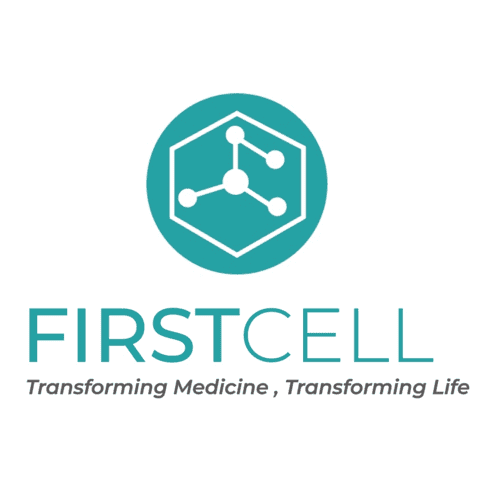
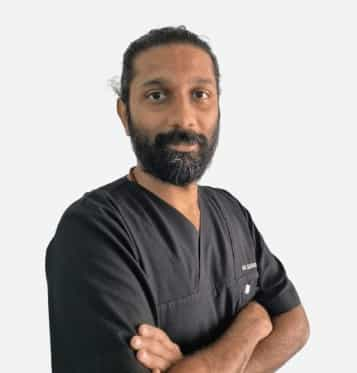
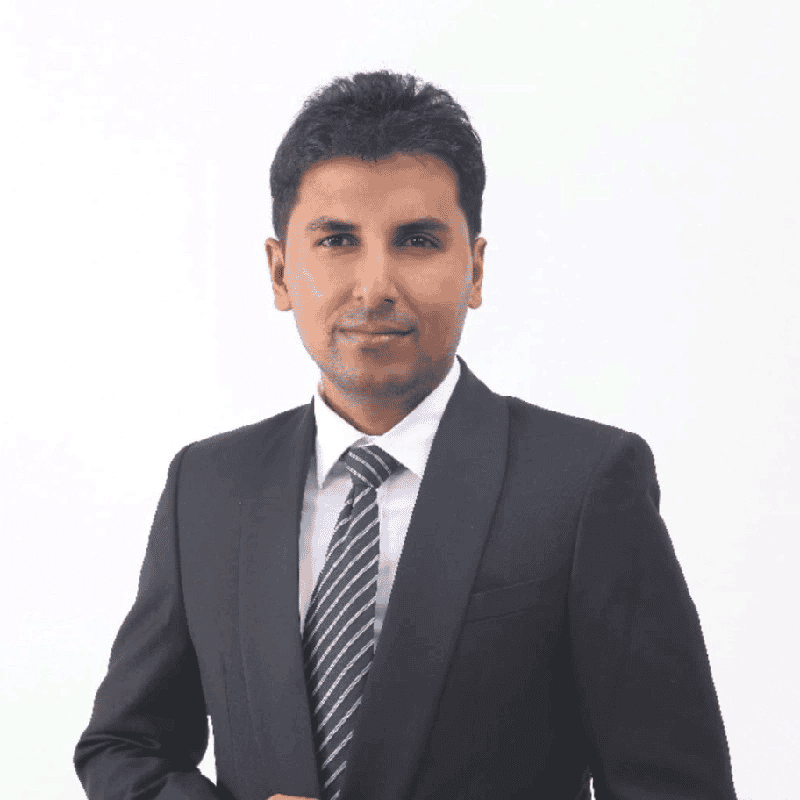



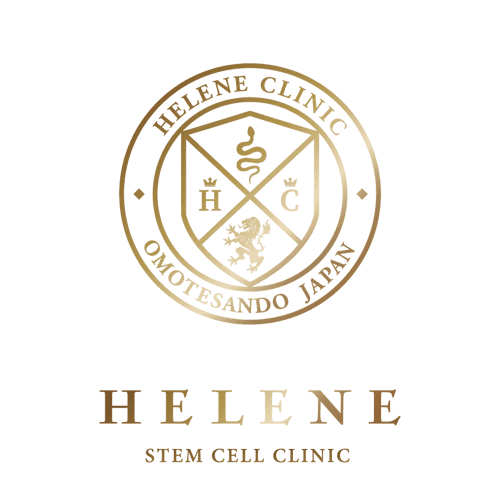

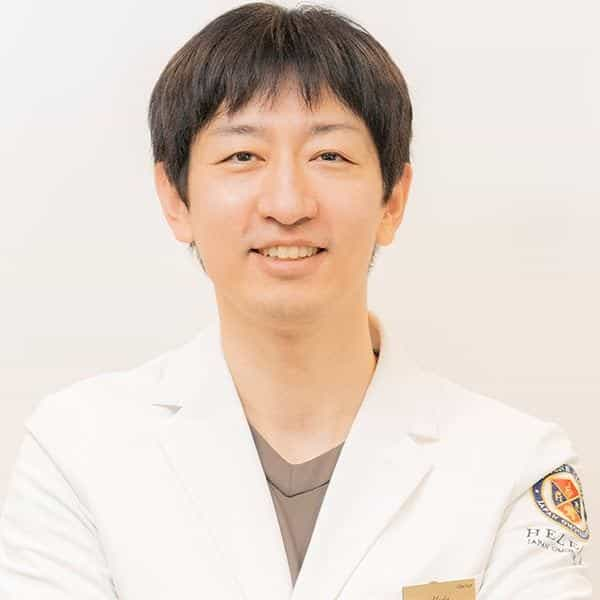

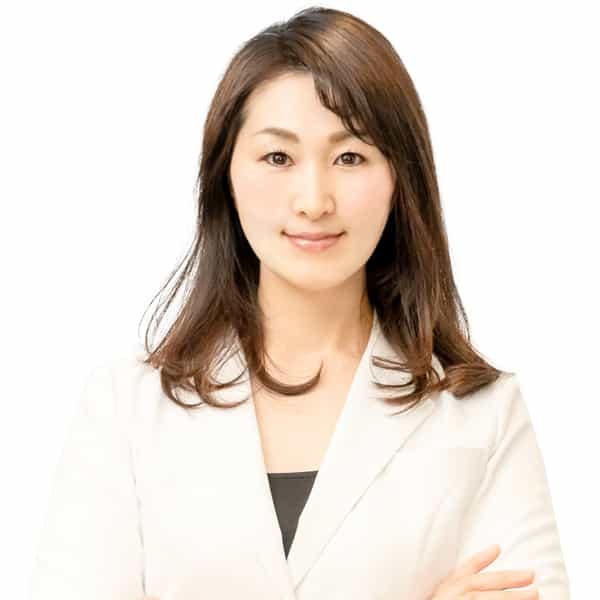
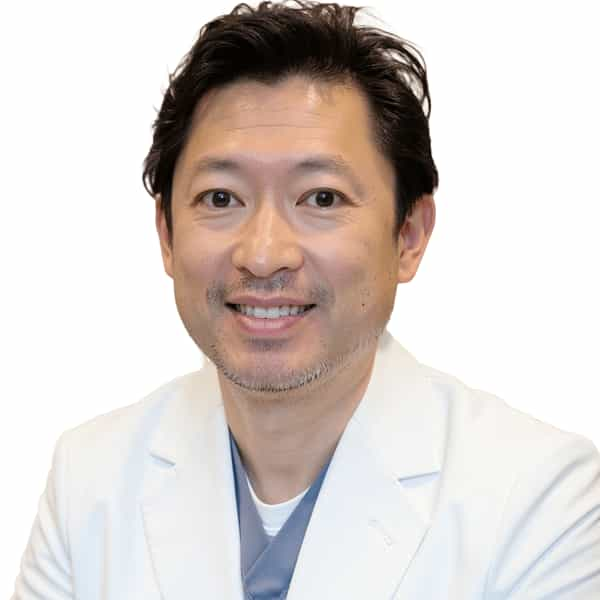

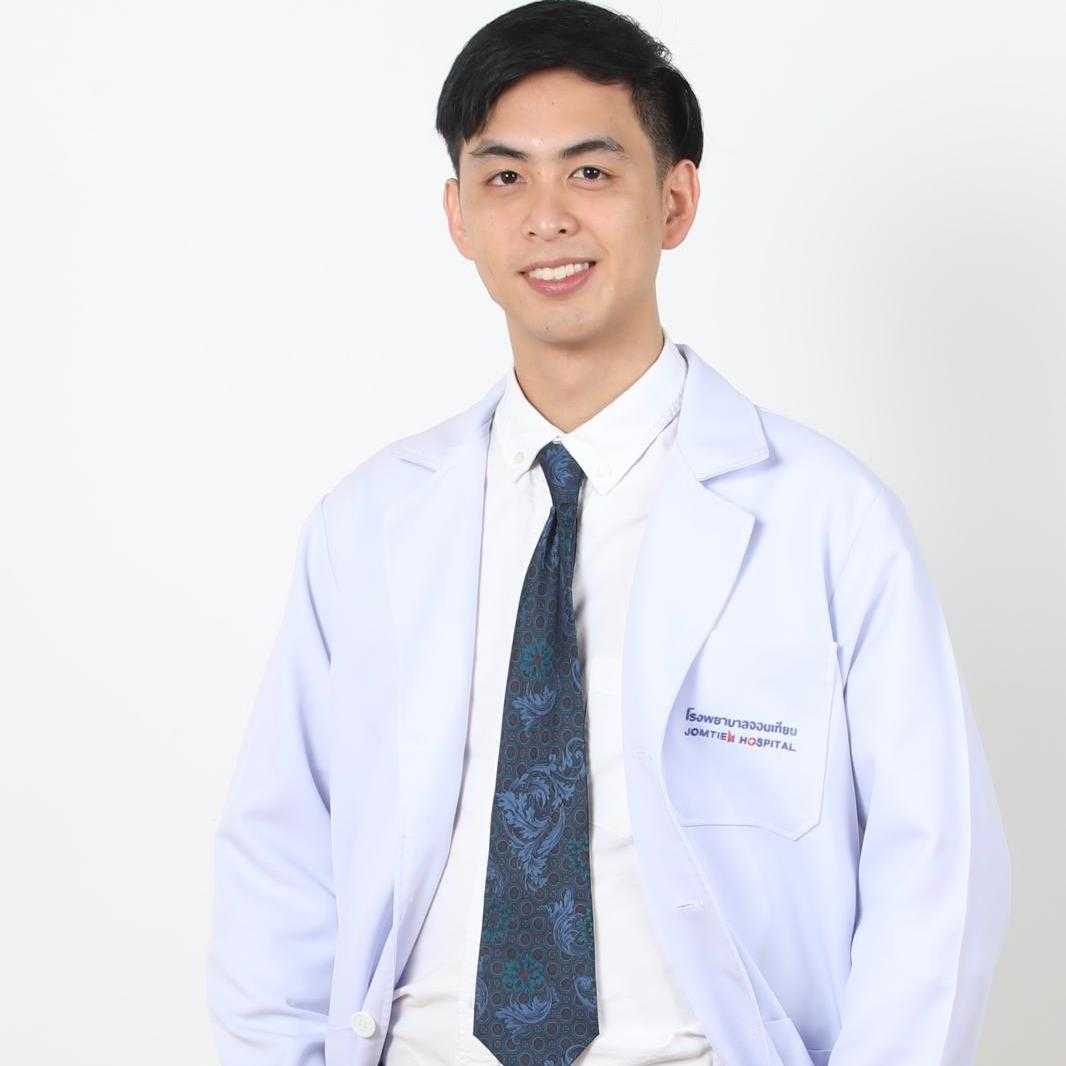
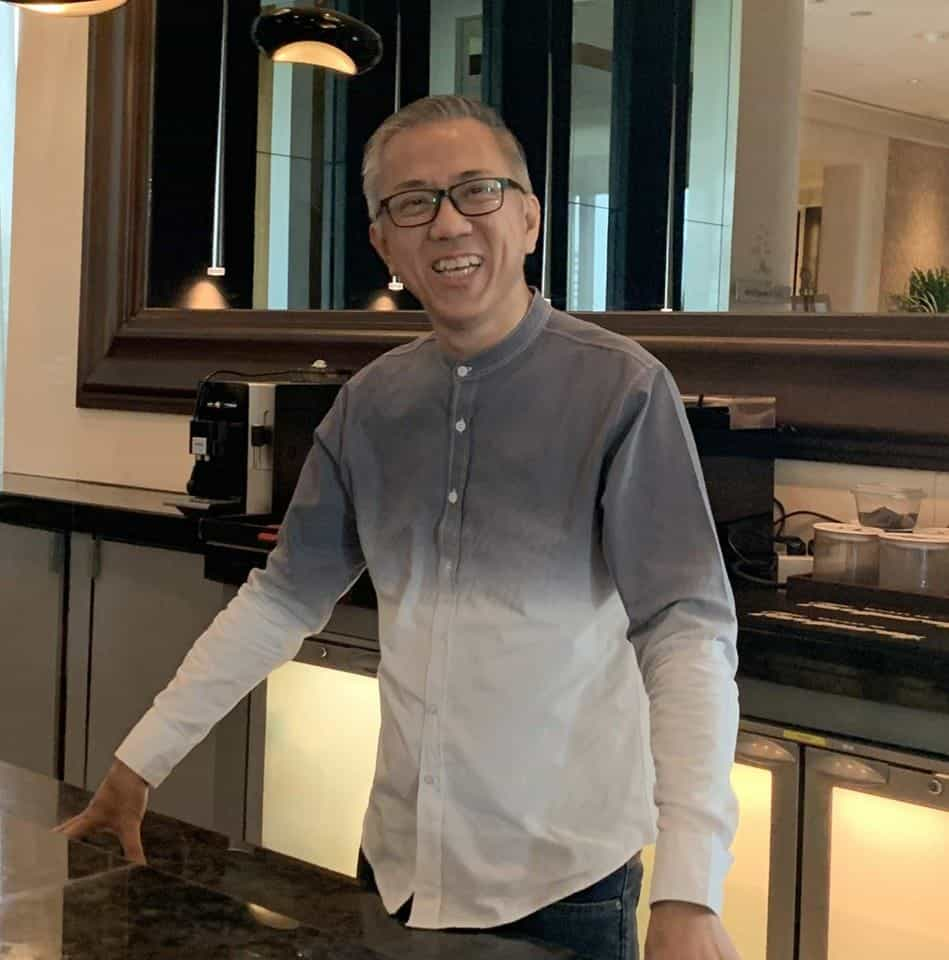
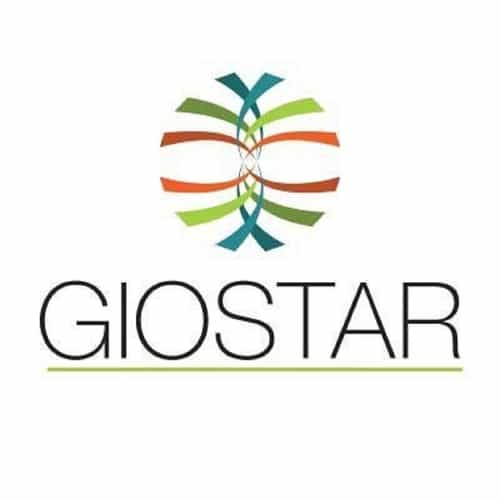






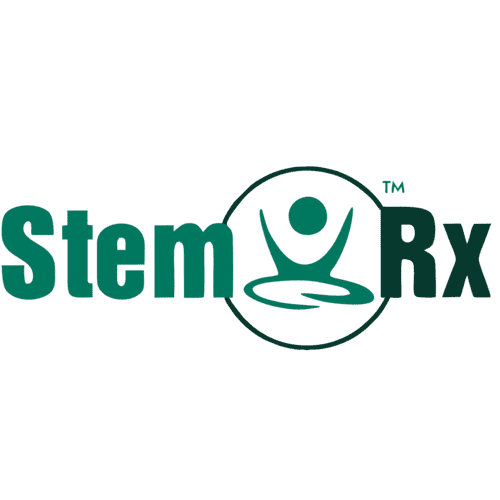






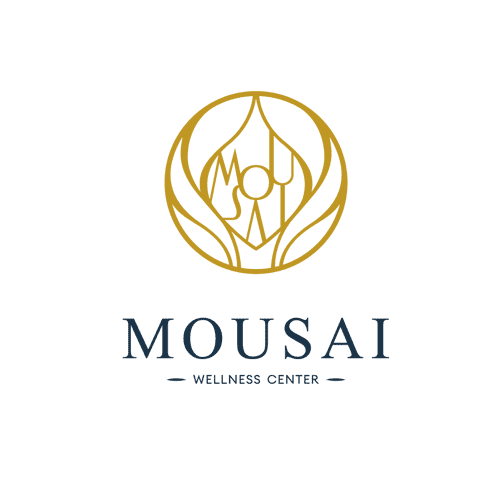
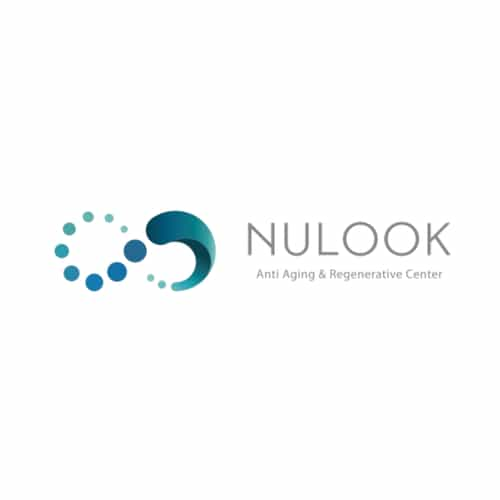

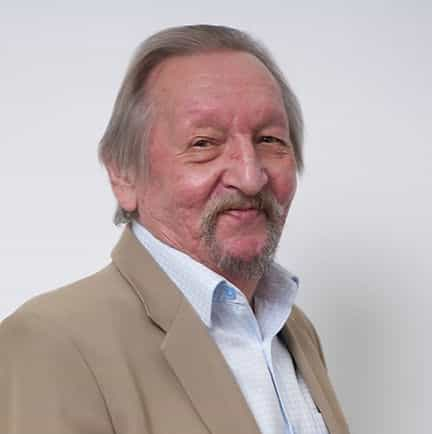



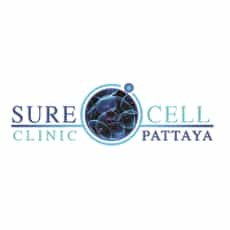

-Package-in-Kuala-Lumpur,-Malaysia-by-FirstCell.jpg)







A year ago, I underwent stem cell therapy here. The entire process has been smooth, thanks to the clear explanations provided by the experienced doctor and nurse. I'm now eagerly awaiting the arrival of my first baby.
Read More